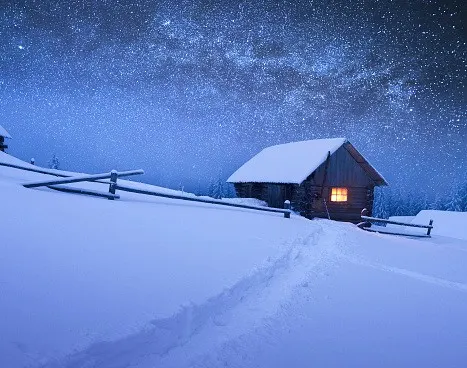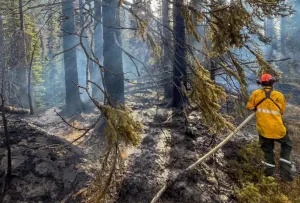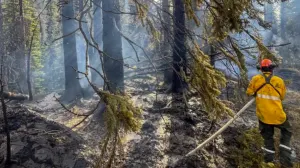
How to avoid burst pipes, spoiled food at your cottage this winter
I live in an area where -30°C could be the norm for up to two months of the winter. What is the minimum temperature to heat my cabin to avoid burst cans and other problems? -- Audrey McLellan, via e-mail
Food and liquid in cans and bottles can freeze if they get below 0°C. (There are exceptions: Items extremely high in salt, sugar, and alcohol withstand colder temperatures.) Even if a can doesn't burst, it can develop tiny splits in the seams when the contents freeze and expand; this allows air to get inside and possibly spoil the food. So, unless you stock your cottage cupboards with only soy sauce and vodka, you'll want to keep the temperature above zero.
SEE ALSO: December becoming less of a 'wild card' for Canada's winter weather
Frozen -- and burst -- pipes are, of course, another cold-related cottage problem you want to avoid. In theory, keeping the heat just a few degrees above zero should be enough to prevent this -- but that's assuming the heat is distributed evenly throughout the whole cabin. In reality, cottages (and houses) often have "cold spots," so some experts recommend leaving the heat higher, at between 5°C and 10°C, to make up for those isolated, chilly pockets. Leaving the heat on low all winter means that your place won't go through dramatic freeze-thaw cycles, which can be tough on some interior finishes (wallpaper, drywall, certain flooring and tiles, etc.) and even the structure itself. And it definitely makes sense if you plan to visit frequently in the winter.
On the other hand -- assuming you're using electricity -- leaving the heat on all winter won't do much good if you get frequent power outages and have no backup battery system. If you don't plan to visit or monitor the cottage at all during the cold season, it might make more sense to shut everything down, drain the water supply, and haul the food home.
This article was originally published on CottageLife.com by Jackie Davis.









